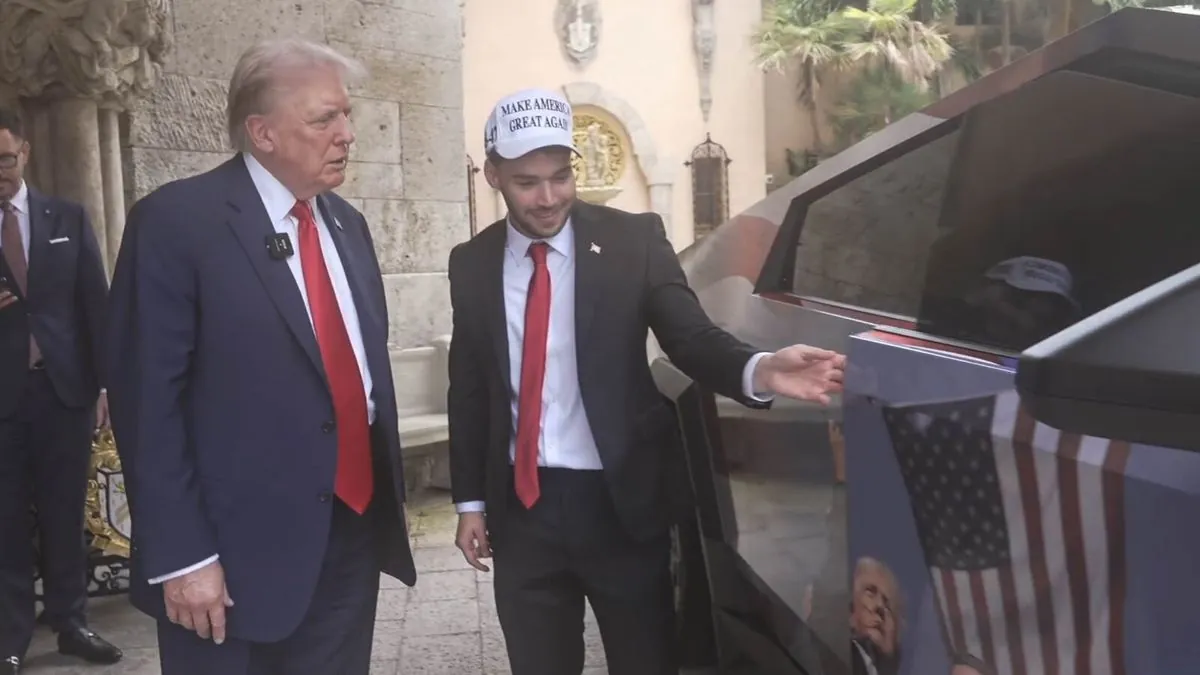Trump and Harris Embrace Digital Influencers in 2024 Election Strategy
Presidential campaigns turn to online personalities to reach younger voters. Trump targets men under 50, while Harris engages with diverse content creators, adapting to new media landscape.

In a significant shift in campaign strategies, both Donald Trump and Vice President Kamala Harris are actively engaging with digital influencers to reach younger voters in the lead-up to the 2024 presidential election. This approach reflects the changing media consumption habits of the electorate, particularly among younger demographics.
Donald Trump, now 78 years old, recently appeared on a show hosted by 23-year-old internet personality Adin Ross. During the two-hour conversation, Trump acknowledged his limited understanding of livestreaming but expressed appreciation for this "new wave" of information dissemination. He credited his 18-year-old son, Barron Trump, for educating him about these platforms and personalities.
"My son's told me about you, and they told me about how big, he said, 'Dad, he's really big,'"
The Trump campaign has embraced platforms like Twitch, Kick, YouTube, TikTok, and Instagram, which are popular among younger men. These spaces often feature bravado-filled, macho, and contrarian content. Trump has also appeared with influencer Logan Paul and spoken on X with multibillionaire Elon Musk, who is revered by many younger conservatives.

The campaign's strategy targets men under 50, including Black and Hispanic men, viewing them as key demographics where Trump can make inroads. This approach is reminiscent of Trump's past efforts to boost his persona as a playboy and businessman, which helped him gain media attention in various forms over the decades.
On the Democratic side, Vice President Kamala Harris' campaign is also leveraging online platforms to reach younger voters and communities of color. The campaign credentialed around 200 content creators for the recent Democratic National Convention, with some receiving perks from aligned liberal groups.
Both campaigns are adapting to the reality that many voters, especially younger Americans and communities of color, increasingly get their news from non-traditional sources. This shift has led to the maturation of influencers as news sources, with campaigns developing outreach programs specifically targeting these digital personalities.
However, this strategy comes with challenges. The same algorithms that boost pro-Trump content also amplify critical voices. Additionally, the fine-tuning of messages for specific audience segments raises concerns about the potential for manipulative political advertising.
As the 2024 election approaches, it's clear that the digital landscape will play a crucial role in shaping political discourse and voter engagement. The success of these strategies remains to be seen, but they undoubtedly mark a significant evolution in how presidential campaigns communicate with the electorate in the digital age.


































